Comments
- No comments found
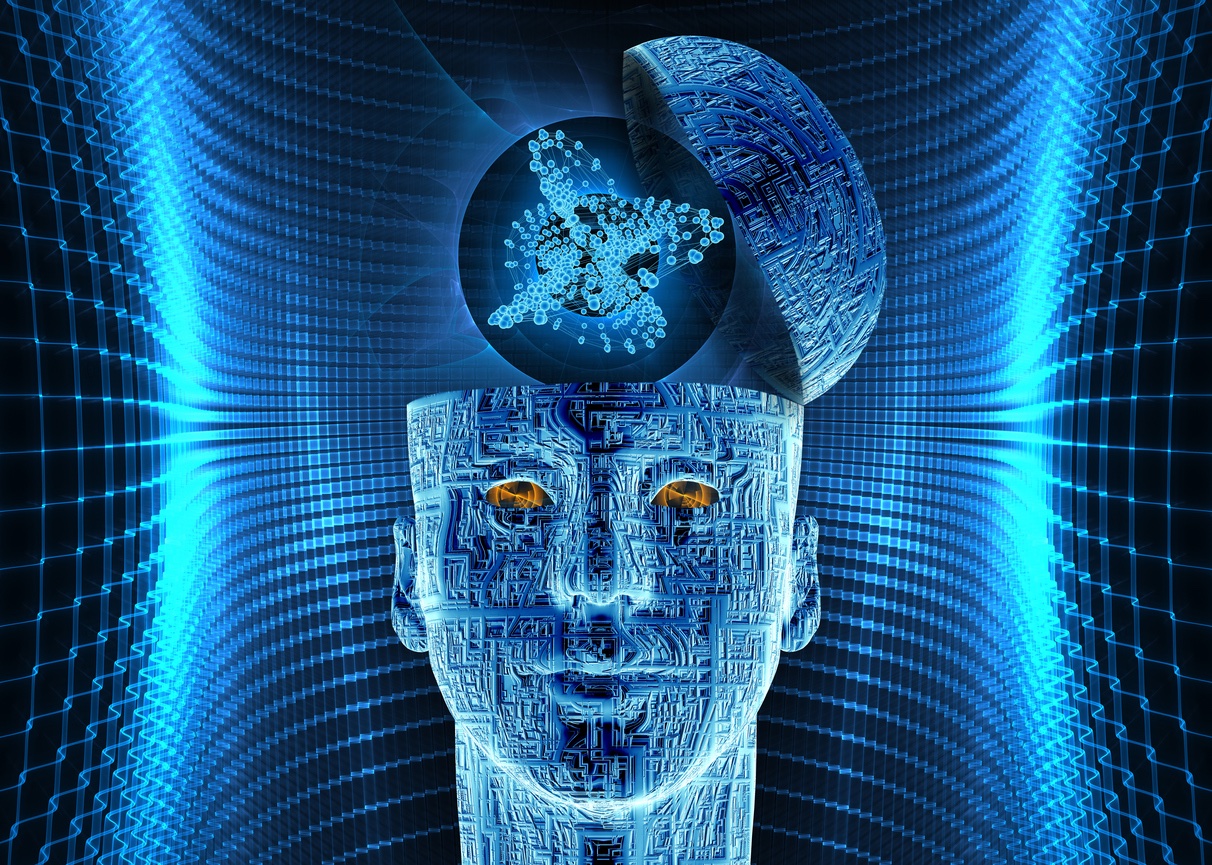
Artificial intelligence (AI) will create new job opportunities, not destroy them. AI will displace some jobs but will create new ones.
The main aim of this article is intended to focus the minds of our political and business leaders as they consider what strategies to pursue to grow the economy (GDP), business activity and stimulate job creation whilst also taking into account the growing challenges of the environment with climate change mitigation increasingly on the agenda.
Let’s start by reviewing the types of AI and where we are now.
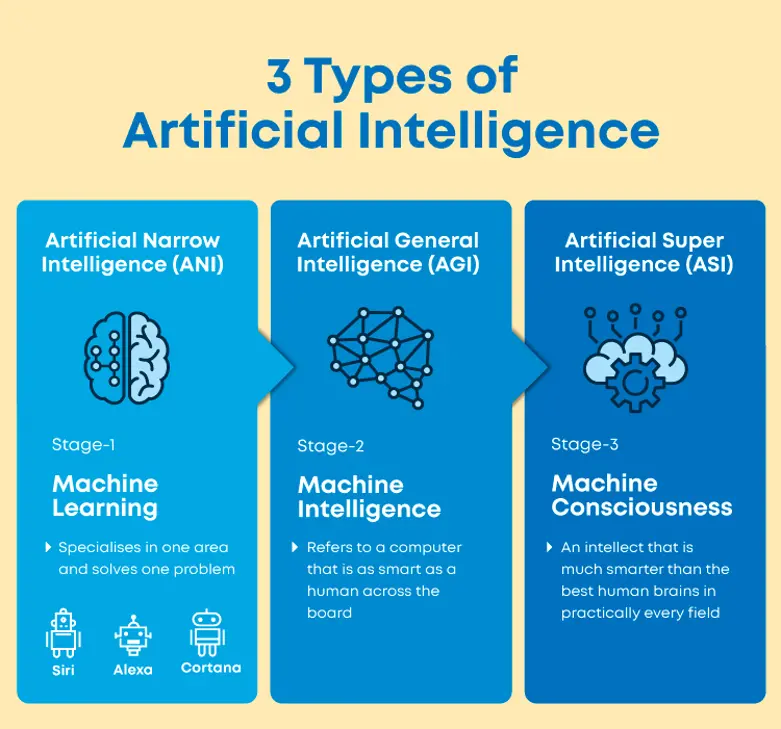
Source for the image above MyGreatLearning
Narrow AI: the field of AI where the machine is designed to perform a single task and the machine gets very good at performing that particular task. However, once the machine is trained, it does not generalise to unseen domains. This is the form of AI that we have today, for example Google Translate.
Artificial General Intelligence (AGI): a form of AI that can accomplish any intellectual task that a human being can do. It is more conscious and makes decisions similar to the way humans take decisions. AGI remains an aspiration at this moment in time with various forecasts ranging from 2029 to 2049 or even never in terms of its arrival. It may arrive within the next 20 or so years but it has challenges relating to hardware, energy consumption required in today’s powerful machines, and the need to solve for catastrophic memory loss that affects even the most advanced deep learning algorithms of today.
Super Intelligence: is a form of intelligence that exceeds the performance of humans in all domains (as defined by Nick Bostrom). This refers to aspects like general wisdom, problem solving and creativity.
There is an additional area that MIT Watson AI Lab have defined as Broad AI with the following definition:
“Broad AI is next (after ANI). We’re just entering this frontier, but when it’s fully realized, it will feature AI systems that use and integrate multimodal data streams, learn more efficiently and flexibly, and traverse multiple tasks and domains. Broad AI will have powerful implications for business and society.”
Broad AI remains an area of research activity with approaches including Neuro Symbolic AI and arguably Deep Reinforcement Learning too.
The modern era of AI arguably really took off around 2011-2012 with the landmark success of AlexNet team in the ImageNet competition showing the world the power of Deep Neural Networks (Deep Learning) alongside Graphical Processing Units (GPUs). This was a period that was coinciding with the growth in data fuelled by the rise of internet and smart mobile apps with digital media and ecommerce in particular driving a lot of the growth in data.
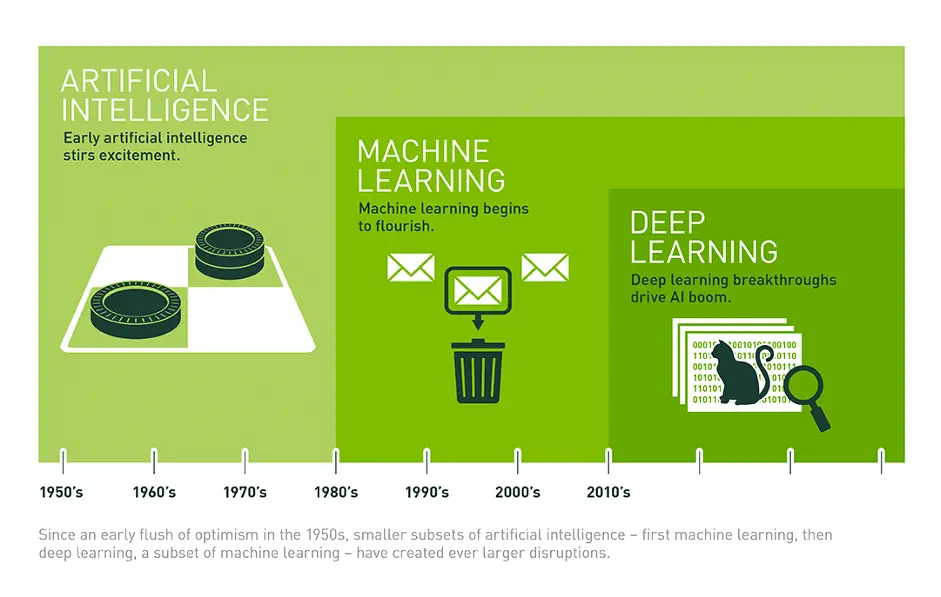
Source for image above NVIDIA Blogs
Since that time (2011 onwards) the Tech majors have made many acquisitions of AI startups and built very powerful internal capabilities in AI and across Big Data Analytics.
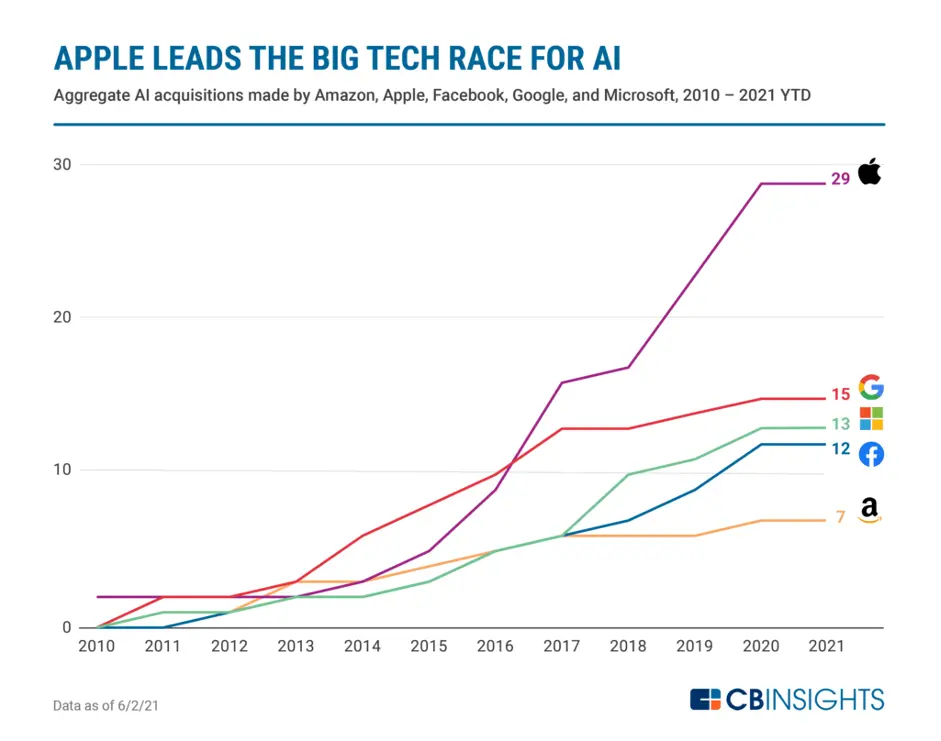
Source for Image above: CBINSIGHTS
The starting premise made by the author is that we are highly unlikely to replace humans at scale (in particular with tasks that require common sense or dealing with any complexity) with ANI. Rather ANI is more likely to be effective at augmenting humans by processing big data sets and finding statistical relationships.
Logically if ANI is supposed to result in mass unemployment then the Tech majors acquiring AI technology should not have grown headcount materially over the previous decade as automation should be able to do much of the tasks according to those who fear mass unemployment with AI technology in the current era.
This article will actually show the paradox below whereby the Tech majors who aggressively acquired and built internal AI capabilities have been engines of growth and rather the digital laggards have been the ones where job loss has occurred.
Broad AI may have more powerful implications for our society but it is not going to match the level of the human brain.
It is submitted that the more likely cause of unemployment will be companies ceasing to be going concerns (going bust) as they are digital laggards and unable to offer a service or product that appeals enough to consumers to match the costs of producing the service or product, most likely because the offering is obsolete and lacks sufficient demand as new products and services have displaced it with the end customer. Examples include physical retail and physical bank branches or travel agencies. If the consumer stopped using digital banking, online travel bookings, and ecommerce then the physical offering would return but this simply is not the case (with a few exceptions in branch banking relating to geography and local needs).
The challenge that many legacy businesses will face around 2025 when standalone 5G networks will have scaled and the AI meets the IoT on the Edge of the network to create the AIIoT is that many legacy businesses will go the way of the slide ruler manufacturers.
The slide rule manufacturer case study is one that was given by my MBA Strategy Professor. The slide rule that had been around since 1620. The manufacturers were highly confident of their (in some cases multi hundred year) long standing brand reputations.
They focused the centre lens at each other and created brass and chrome finishes to make a nicer, shinier product versus their slide rule manufacturers. What they did pay attention to was the edge of their lens where the calculator was emerging. By the 1960s the 350 year dominance by the slide rule had come to an end and not too much later many of the manufacturers disappeared.
It is submitted that a similar fate awaits incumbents in many sectors in the 2025 to 2030 period. However, new businesses and even new sectors altogether will replace those legacy firms.
The past decade has been one of the growth of data and rapid rise of the internet and smart mobile apps in digital media and ecommerce driving the growth of the data that in turn has enabled AI technology to advance. In fact so much of the internet is AI enabled that AI is here to stay with or without advances in AGI and is a material difference from the era of the AI winters (1974 and 1987) when demand and investment into AI evaporated. In the digital era the internet and mobile app demand has only increased, including as a result of the Covid crisis.
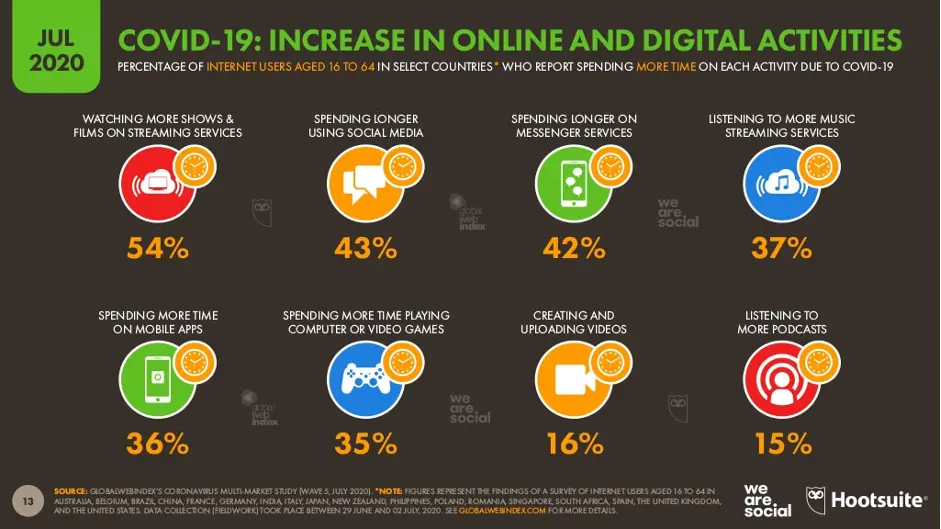
Source for the image above Hootsuite, smartinsights
The rise of digital is here to stay even in the post Covid world with the likes of McKinsey and PWC observing that digital transformation has accelerated due to Covid. Likewise BCG states that “COVID-19 has put businesses on a new and accelerated digital trajectory.”
BCG goes on to observe that “The increasing adoption of automation, artificial intelligence (AI), and other technologies suggests that the role of humans in the economy will shrink drastically, wiping out millions of jobs in the process. COVID-19 accelerated this effect in 2020 and will likely boost digitization, and perhaps establish it permanently, in some areas.”
“However, the real picture is more nuanced: though these technologies will eliminate some jobs, they will create many others.”
The author is a fan of the World Economic Forum (WEF) due to their former President, Klaus Schwab, introducing the phrase “Fourth Industrial Revolution” (coined by scientists working with the German government) to the wider audience along with their push to promote climate change action on the business side. However, at times I disagree with their forecasts on Artificial Intelligence (AI).
The WEF published an article in 2016 that predicted that 5 million jobs would be lost in advanced economies due to AI in 2020. The article attracted the attention of many journalists and leading politicians.
The WEF were correct that millions of jobs would indeed be lost in 2020 but it was not due to AI but rather in fact due to the impact on the physical world of the Covid virus whilst much of the digital sector in fact thrived during the pandemic.
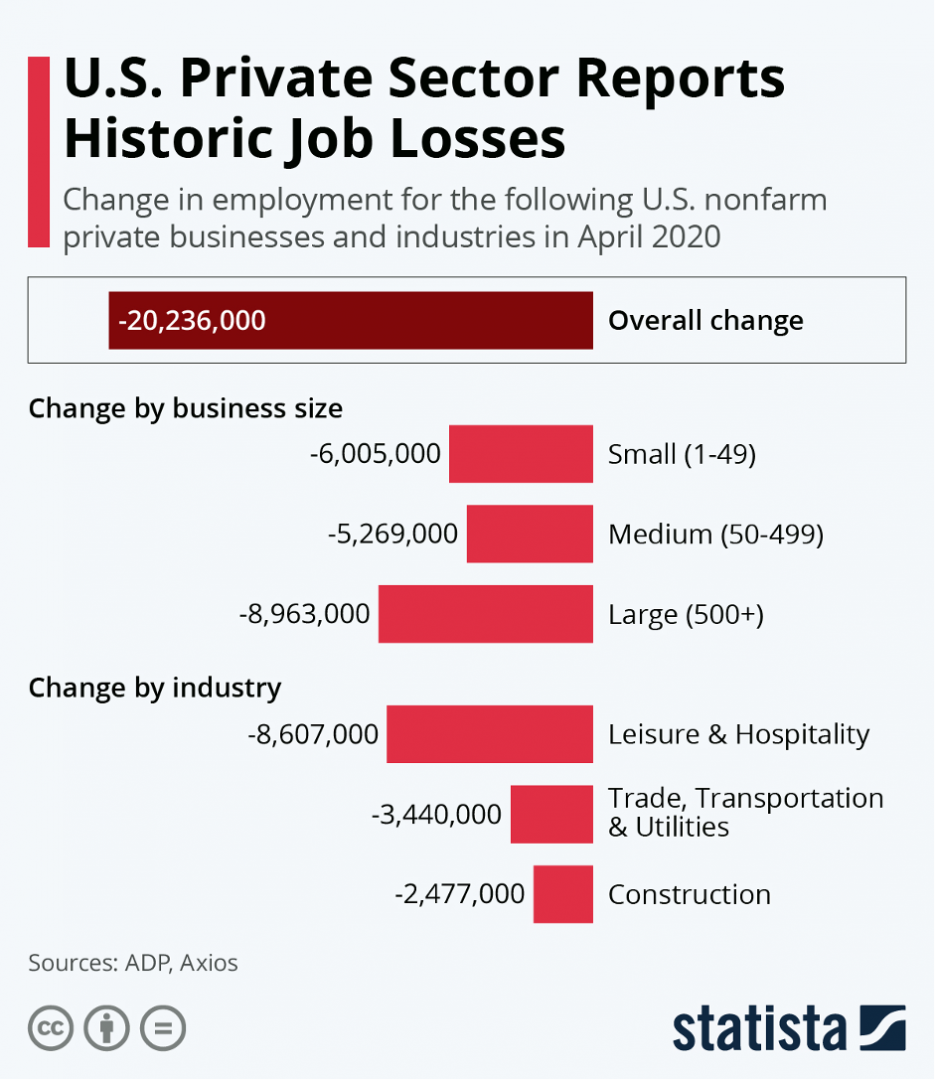
Source Statista
Although there thankfully has been a recovery in the dramatic unemployment rates that were experienced in the earlier days of the COVID pandemic we remain at a fragile crossroads in our global economy and national unemployment rates with The International Labor Organization forecasting that global unemployment will be 205 million in 2022 above the pre-Covid level of 187 million in 2019.
Prior to the global Covid pandemic in 2019 labour markets were tight with relatively low unemployment rates (even if some may debate about the quality of some of the jobs).
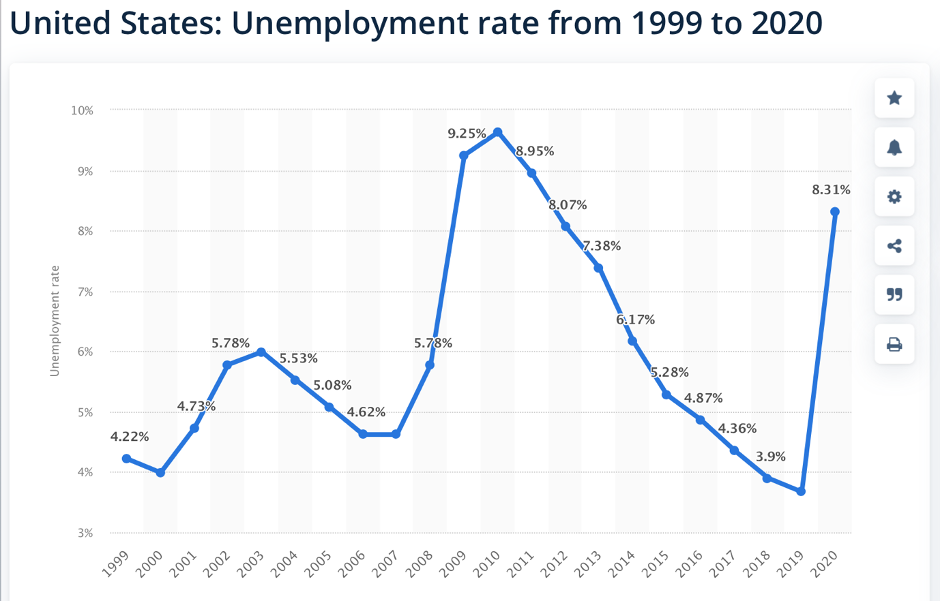
Source Statista
The same was the case in the UK
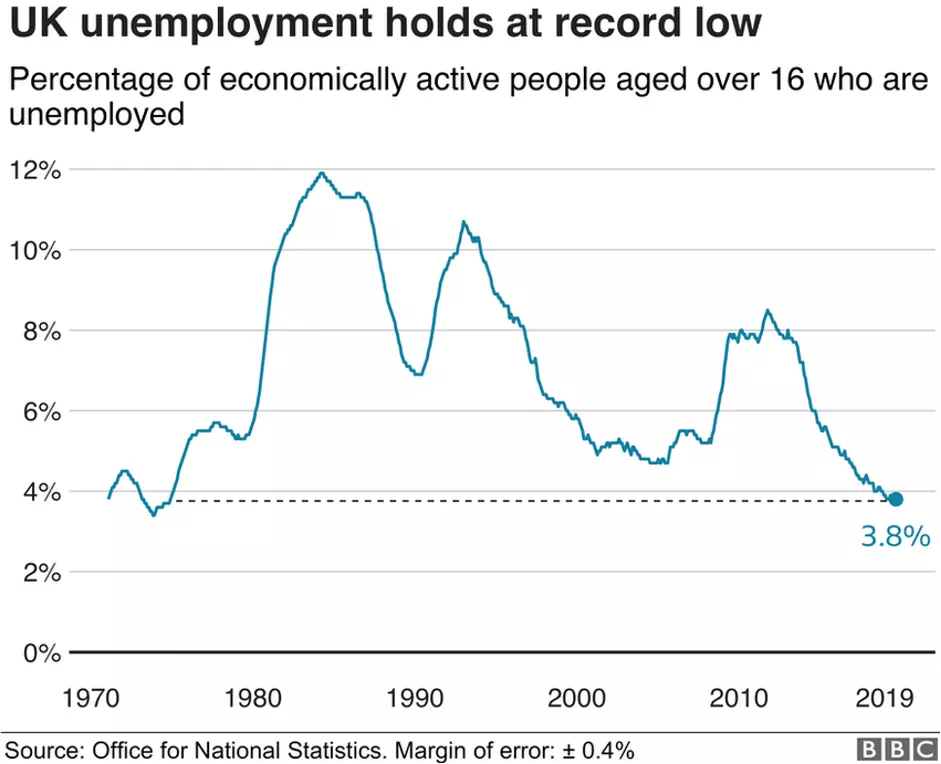
Source for image above: BBC
And the Eurozone as well as the overall EU
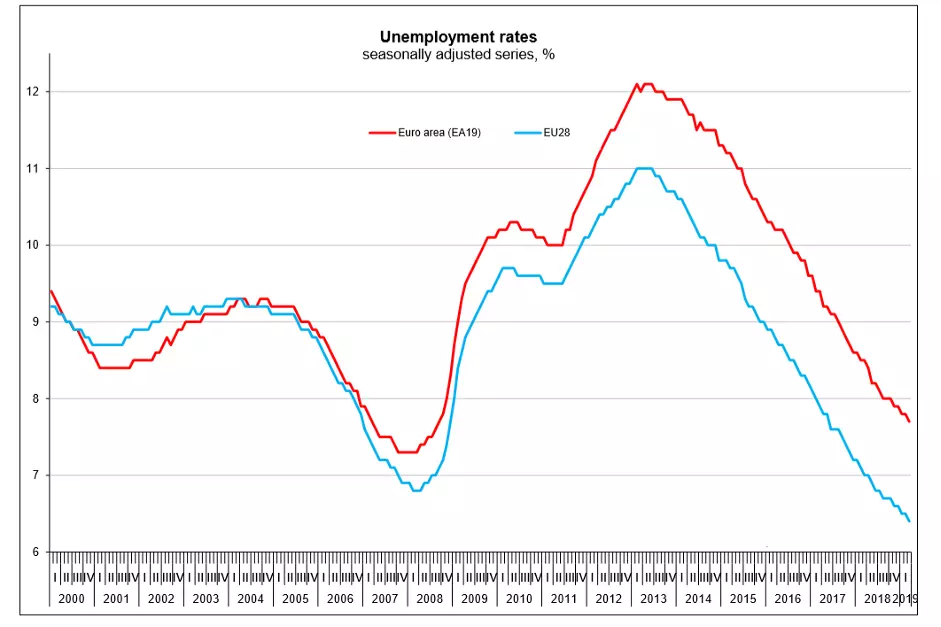
Source for image above Thistimeitisdifferent
In 2020 the WEF published new forecasts about the impact of AI upon jobs in an article entitled “Don’t fear AI. It will lead to long-term job creation”
The WEF forecast that AI would cause the loss of a staggering 85 million jobs by 2025! However, it would create an even more astonishing 97 million jobs over the same time period! Hence leading to a net gain of 12 million jobs.
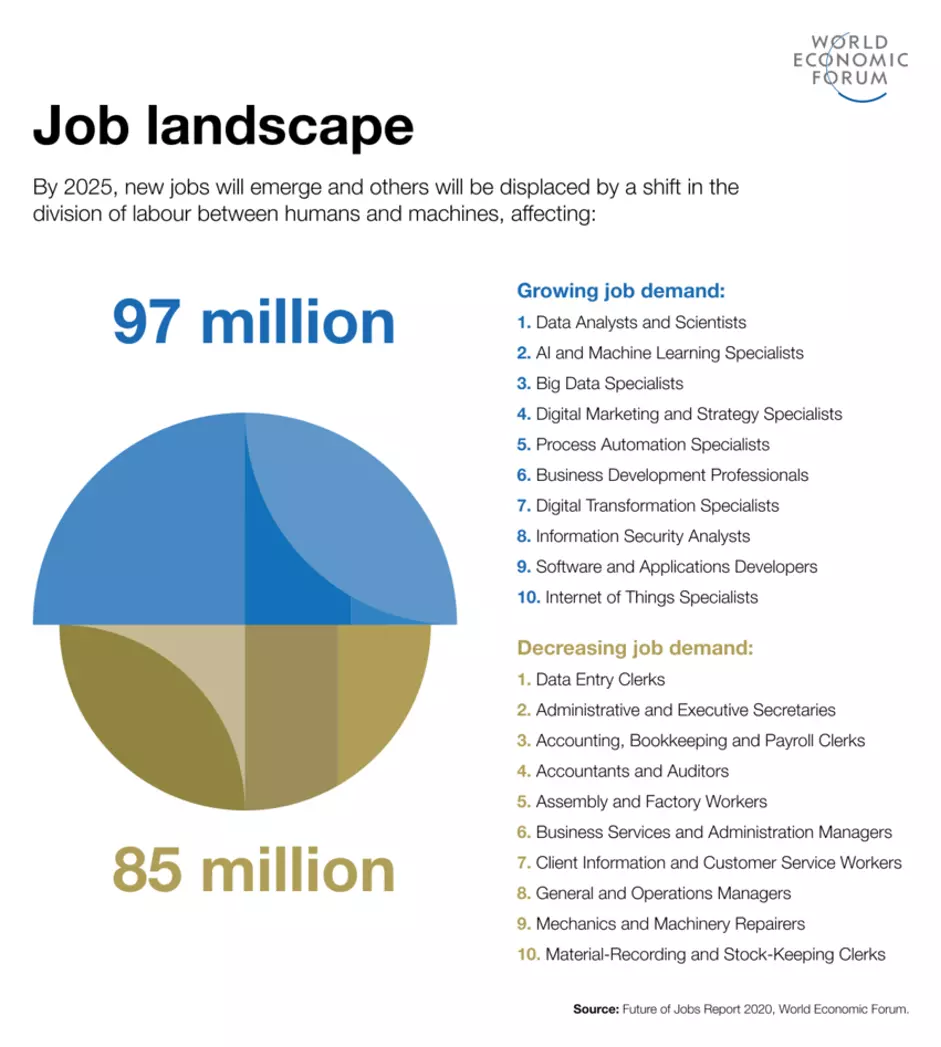
Source for image above WEF
We may debate whether or not the narrow AI of today will be responsible for the loss of 85 million jobs by 2025. However, the author is in strong agreement with the WEF that AI technology may well be an engine of job growth and also strongly agrees with the WEF that in order to fully avail the opportunities for economic expansion and job creation we need to invest strongly in skills training for the experienced workforce and also to radically overhaul our education systems.
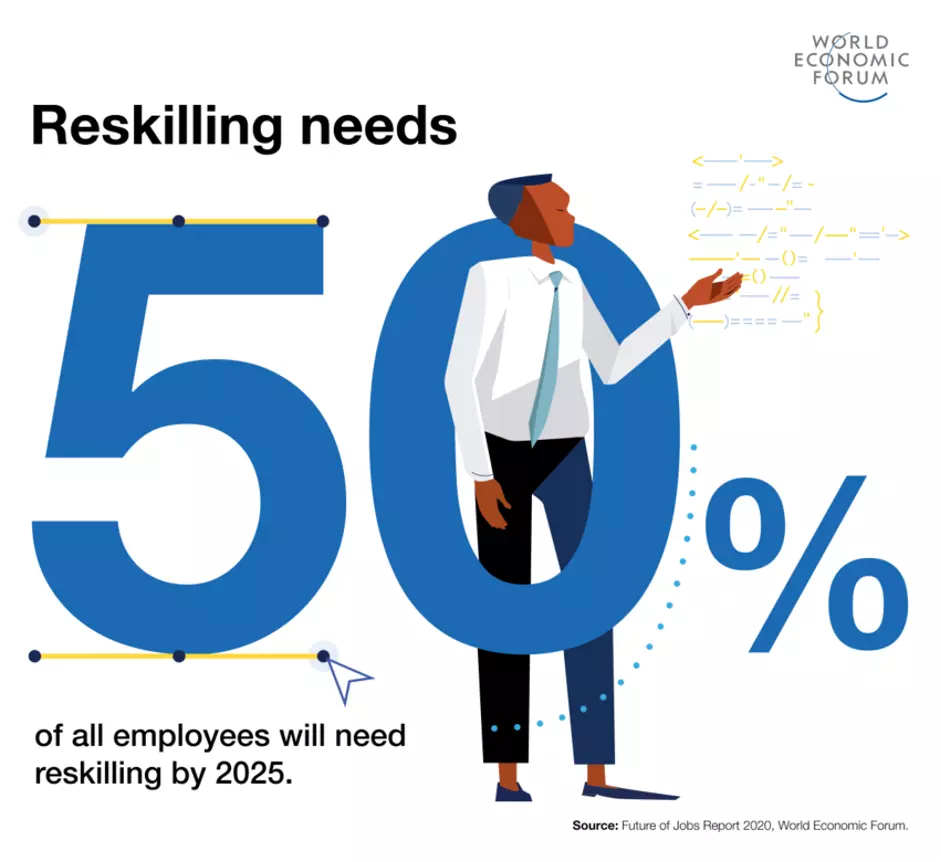
Source for image above: WEF
Another interesting projection is provided by BCG
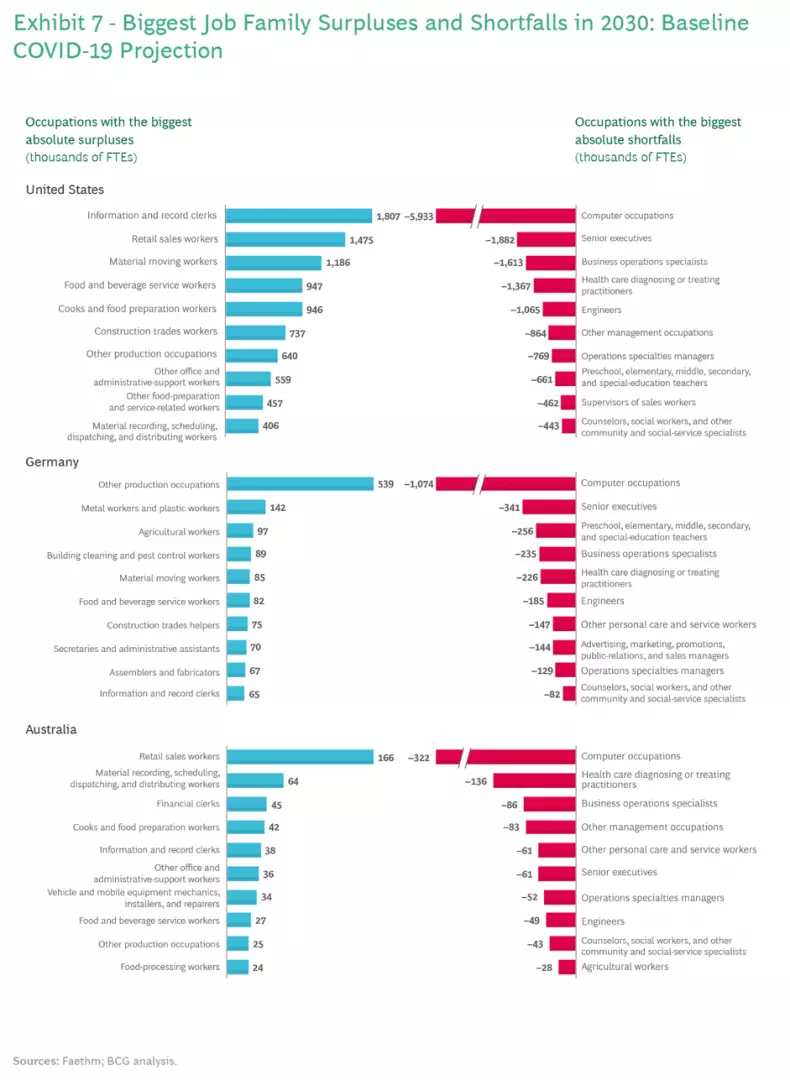
Source for image above: Boston Consulting Group (BCG)
The image above from BCG highlights the surplus jobs in the US, Germany and Australia on the left hand side and the occupations with the greatest shortages on the right hand side. We can see the consistent trend whereby Computer Science related jobs are forecast to be the source of the greatest shortages in all three economies by 2030.
The reality is that the impact of standalone 5G networks alongside AI technology will lead to an exciting and very rapid onset of technological development, faster than at any time before in human history and hence the wave of innovation will require new skills than even those that are still being taught in our schools and universities today or at least allowing for greater flexibility.
Furthermore, it will be a real loss to our economy and innovation if the experienced workforce were excluded from the opportunities that will avail us. As an increasing percentage of the population in the OECD countries are of an older generation, we require greater flexibility in encouraging and enabling the experienced workforce to also participate in the development of the new services and products that will be created.
Microsoft commissioned a report from PWC that looked at the potential impact of AI on climate change, economic growth and jobs focussed on four sectors: water, agriculture, energy and transportation. They found that “Using AI to better manage the environment could reduce greenhouse gas emissions, boost global GDP by up to US $5 trillion and create up to 38m jobs by 2030 Trillion and create up to 38m jobs by 2030!”
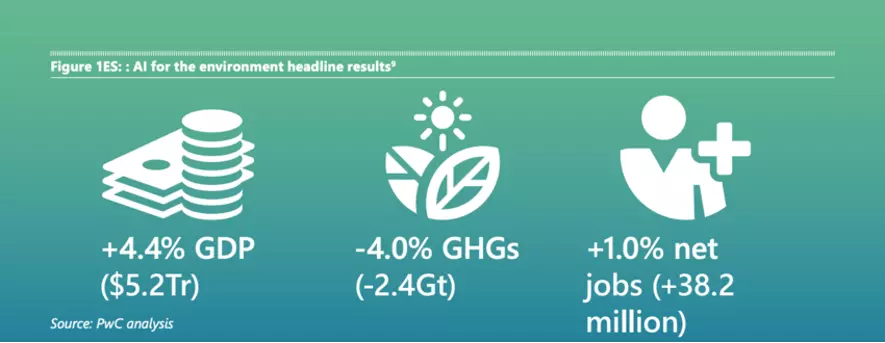
Source for the image above PWC Microsoft, WEF AI as a positive force
Now let’s look at what actually happened with the Tech majors who possess some of the strongest AI capabilities in the world. Did they increase or decrease staff headcount as they adopted AI?
Google (Alphabet) Job Growth
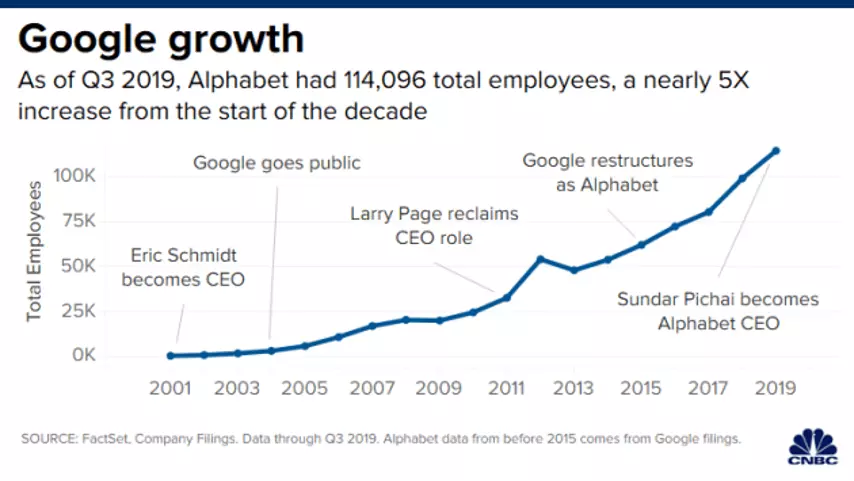
Source for image above: CNBC
Alphabet (Google parent) number of employees shown as a bar chart
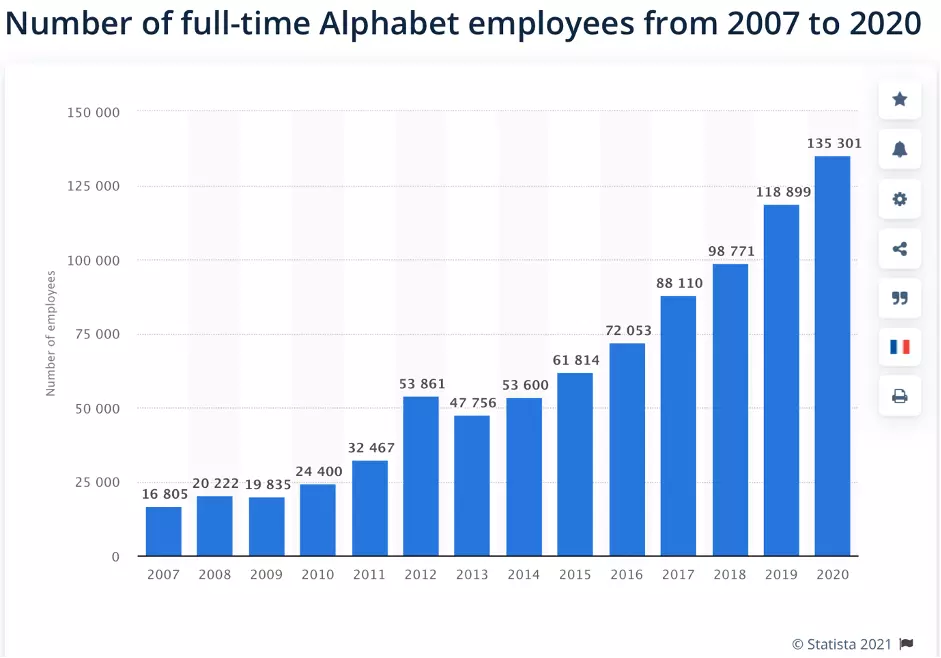
Source for image above: Statista
Amazon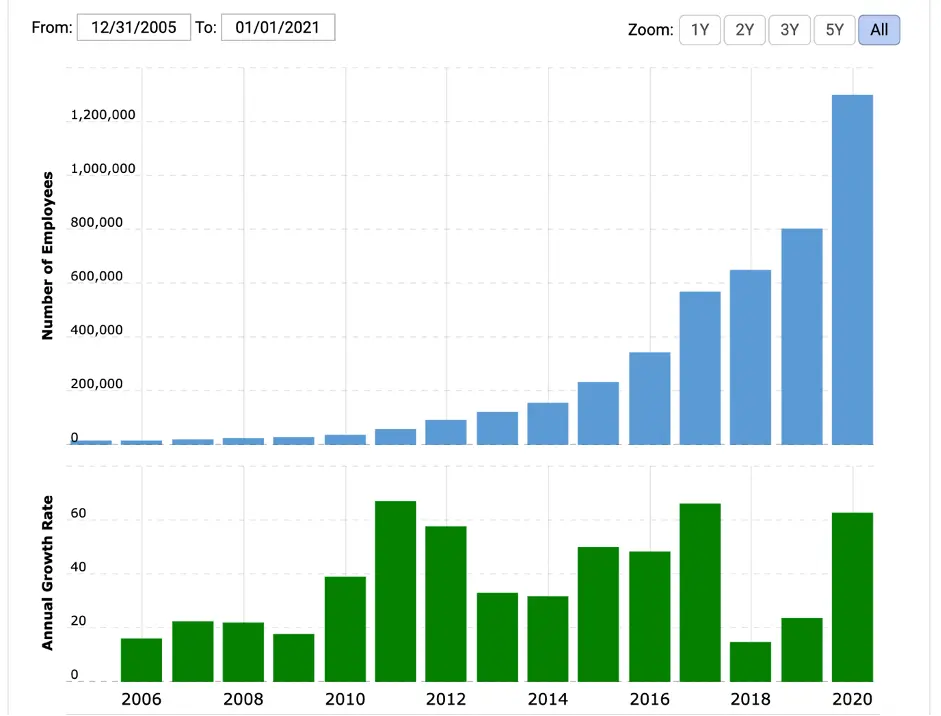
Source for image above MacroTrends
Microsoft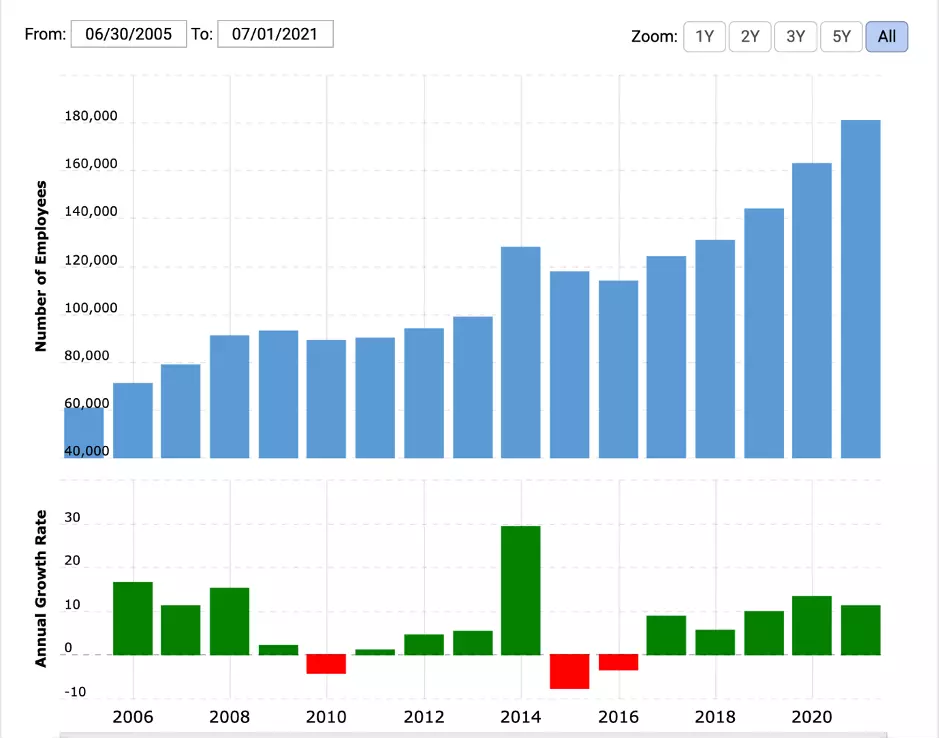
Source for image above: Macrotrends
Facebook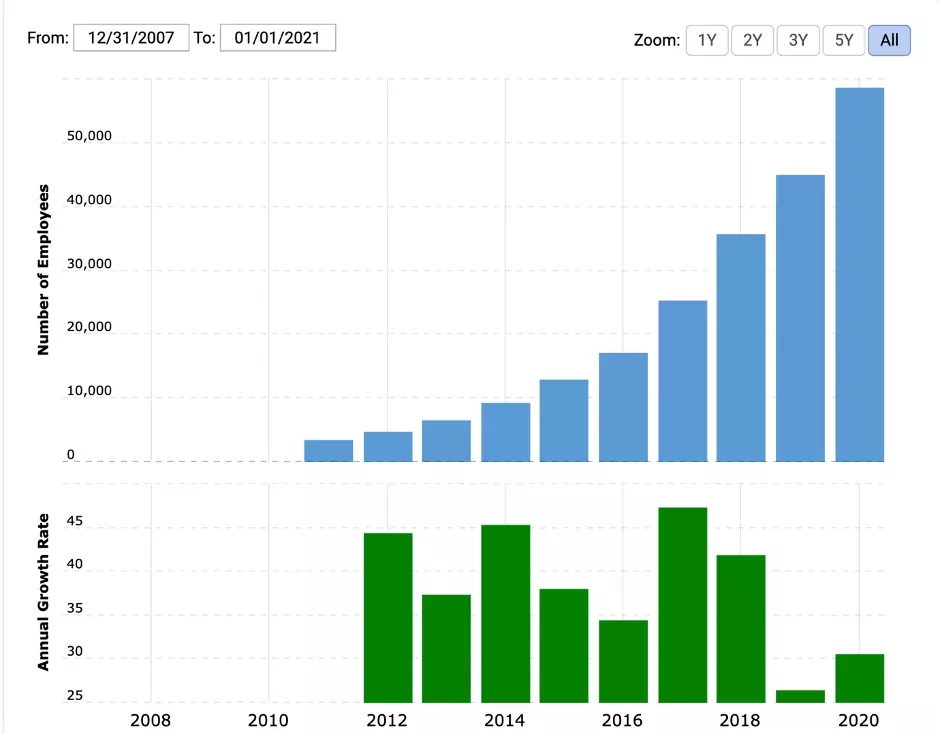
Source for image above Macrotrends
Tesla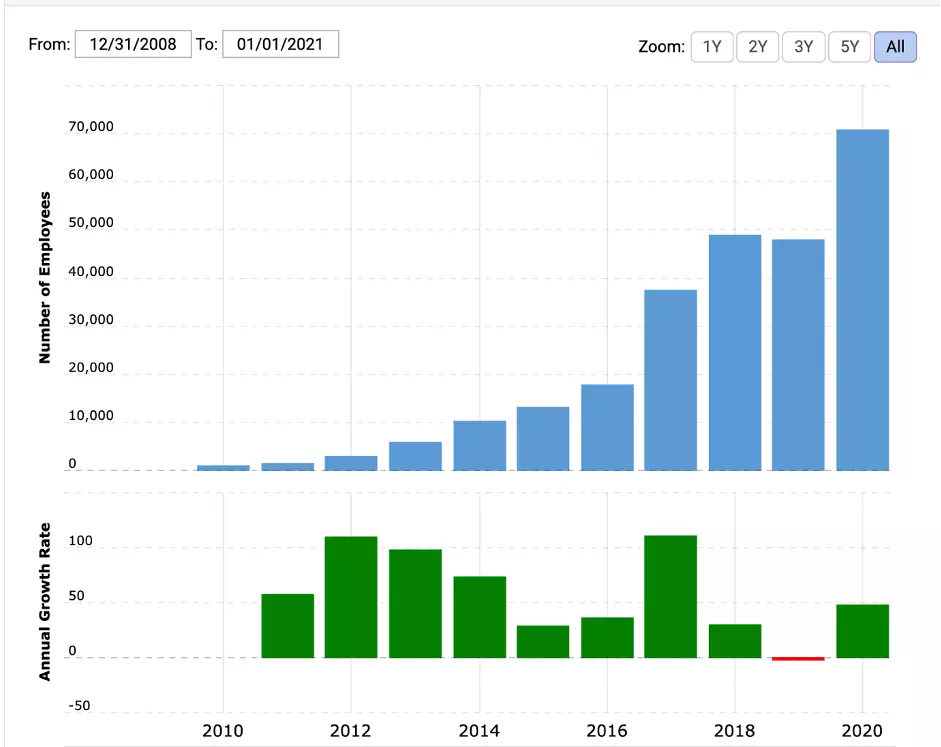
Source for image above: Macrotrends
Bloomberg reports that 500,000 jobs have been lost in the banking sector since the crisis of 2008.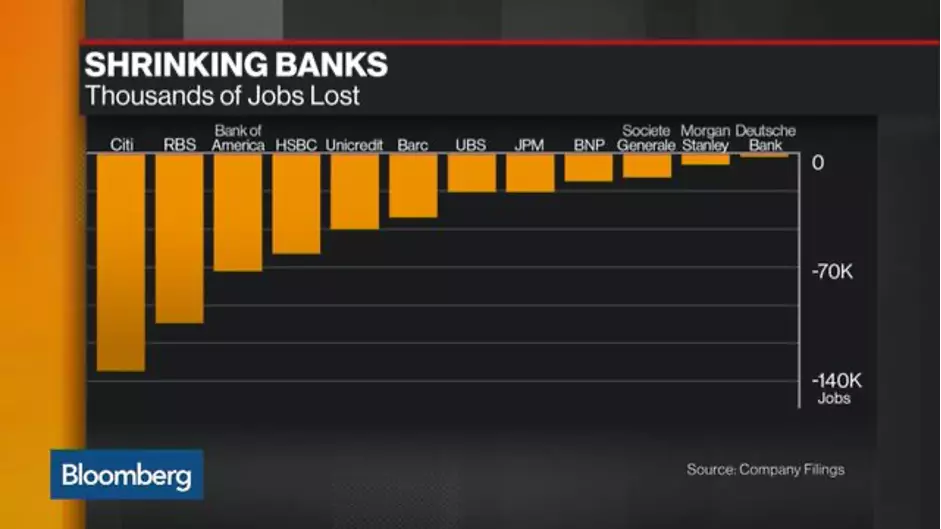
Source for image above Bloomberg
The UK banking sector has been losing jobs since the financial crisis of 2008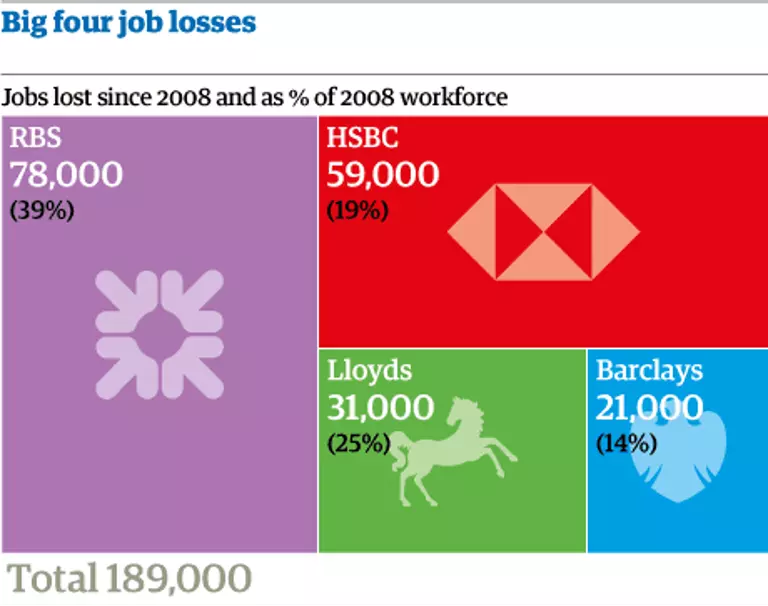
Source for image above The Guardian (2008-2013)
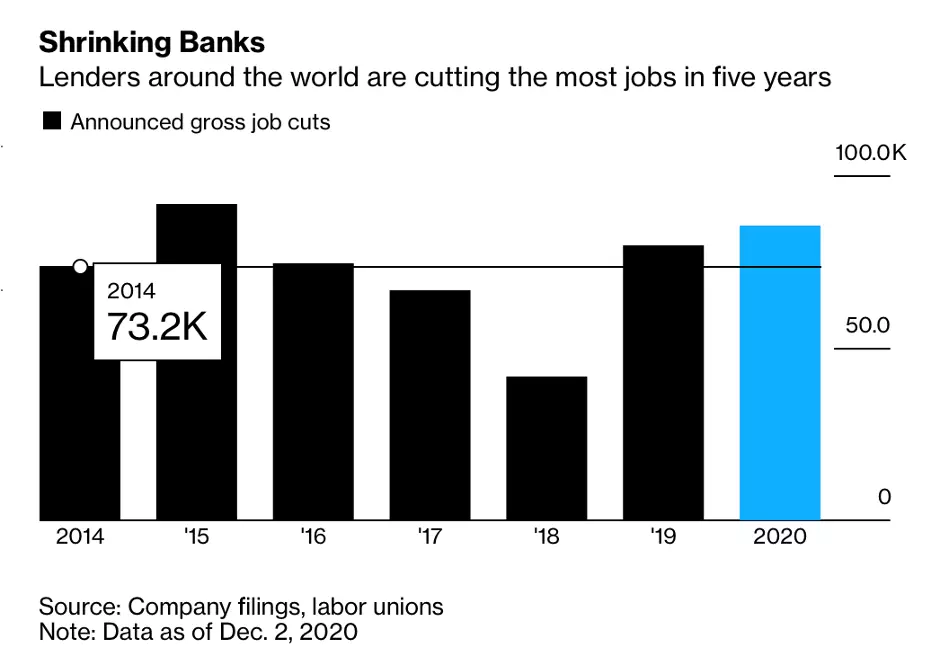
Source for image above Bloomberg
This trend has continued in 2020 with Bloomberg reporting that 85,540 bank jobs were lost globally in2020, the largest amount since 2015 as the pandemic and digital banking changed the sector.
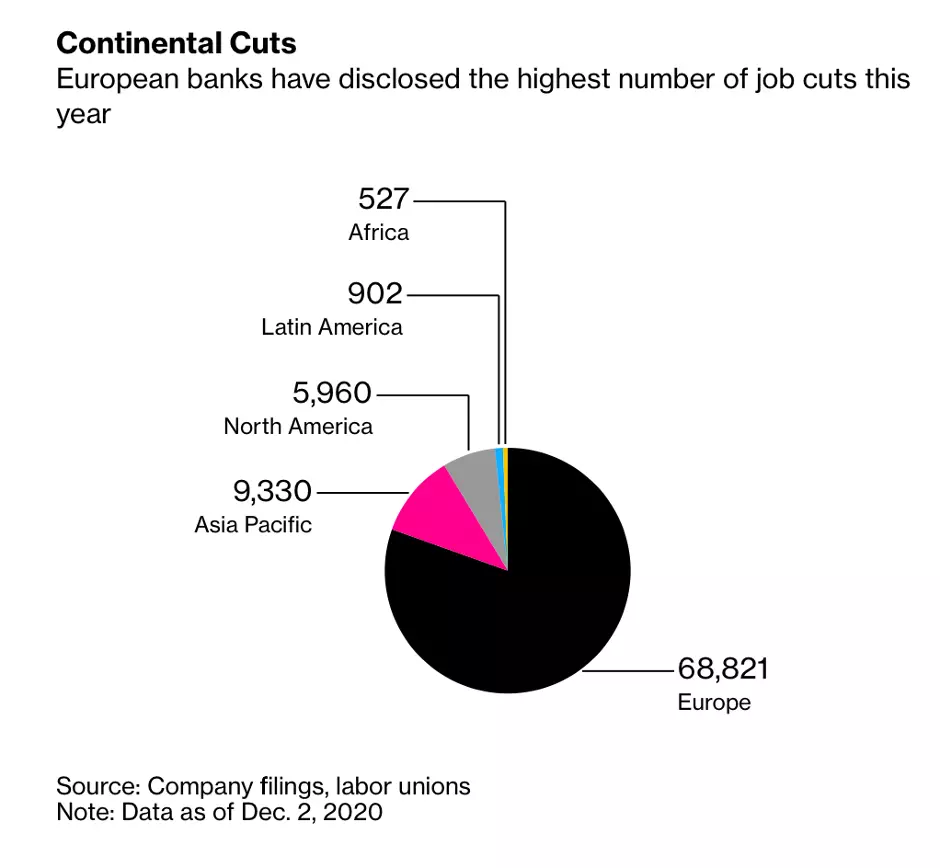
Source for image above Bloomberg
In the US retail employment levels were falling in 2017 even as the overall economy was growing.
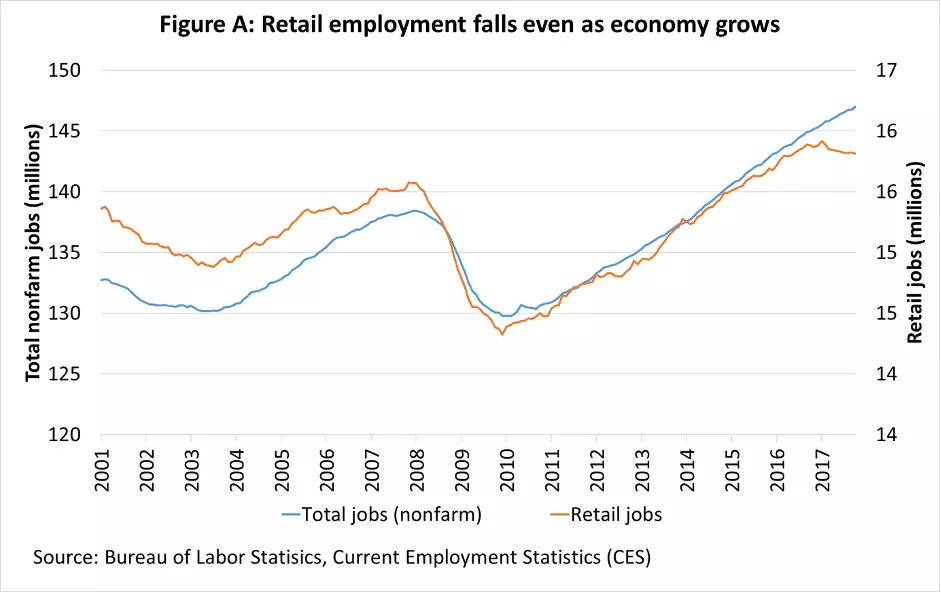
Source for image above Aspeninstutute.com
The picture for employment in the UK Retail sector is even more dramatic.
As the BBC notes “The pandemic has 'turbo-charged' the High Street's decline”
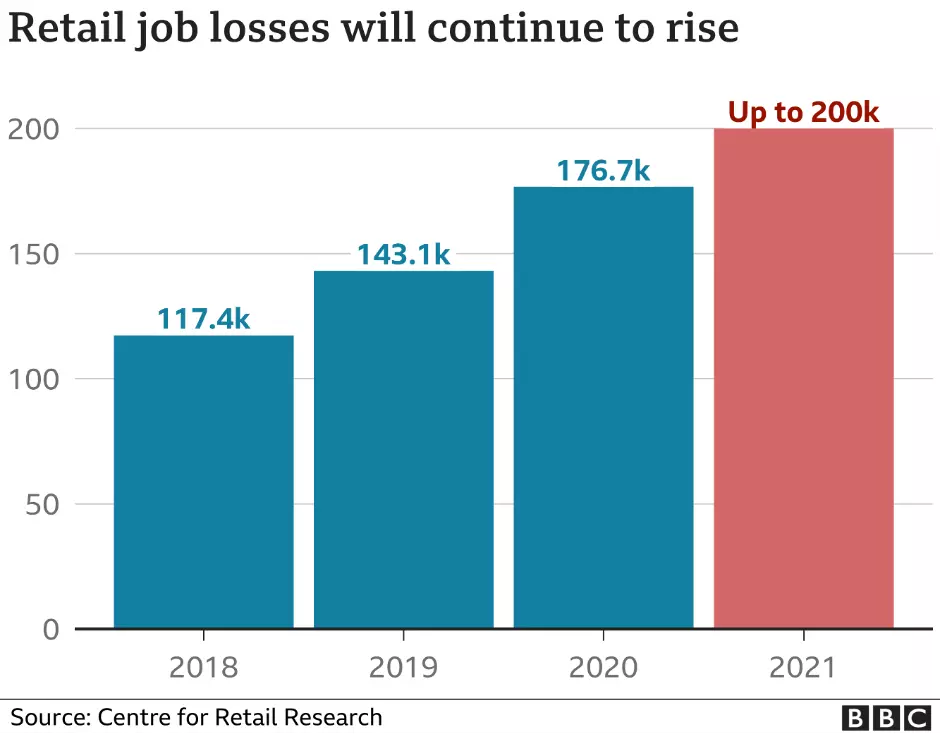
Source for image above BBC 'Worst year for High Street job losses in 25 years'
Job losses have also impacted the powerful German industrial giants
Siemens
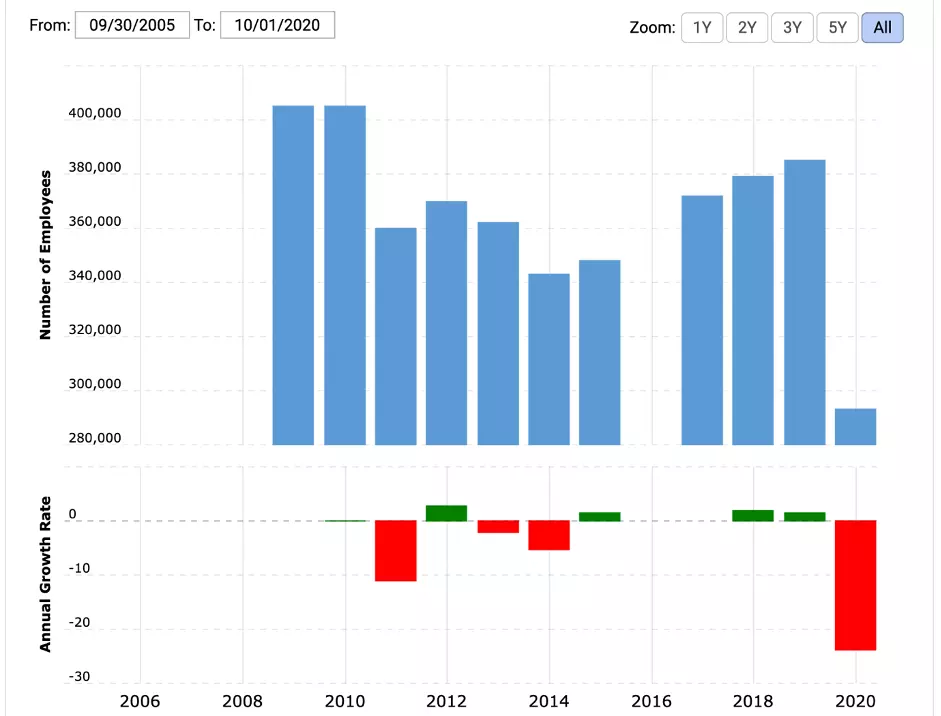
Source for image above Macrotrends.net
And compare the job losses at an icon of the US auto sector, Ford against the job growth at Tesla
Ford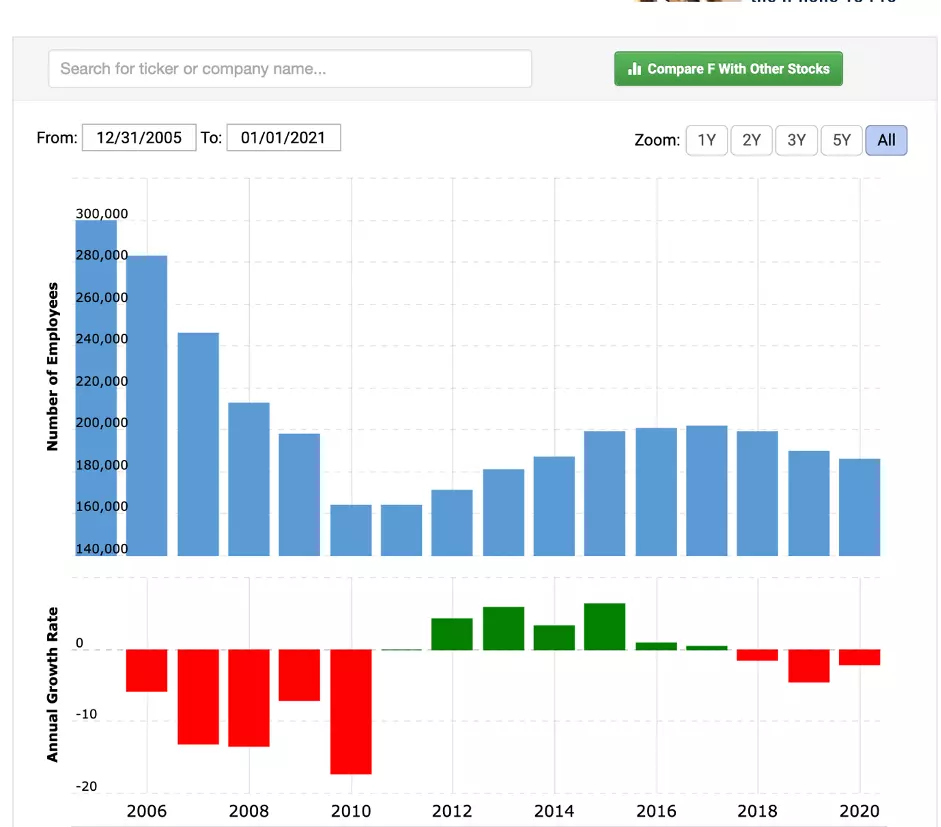
Source for image above Macrotrends.net
Ford has shrunk its workforce from approximately 300,000 in 2005 to 186,000 in 2020.
Tesla increased from 899 staff in 2010 to 70,757 in 2020 according to Macrotrends.net
Meanwhile General Motors (GM) went from approximately 202,000 jobs in 2010 to 155,000 in 2020 according to Macrotrends.net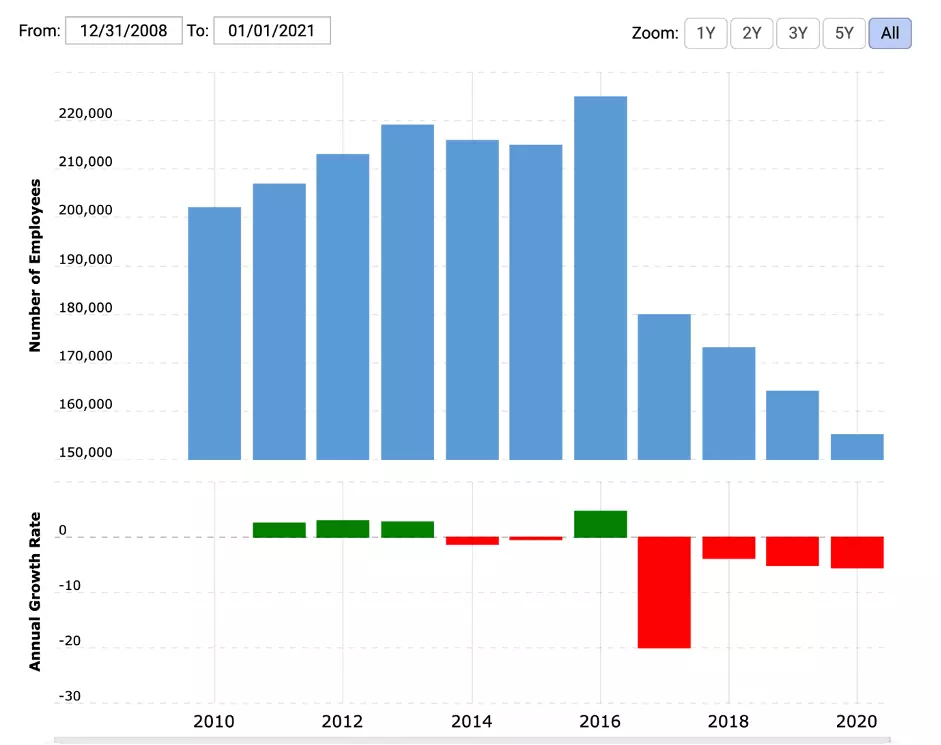
Source for image above: Macrotrends.net
Returning back to the Tech majors, Apple is the most valuable company in the world with a market cap of and has acquired the most AI startups.
Apple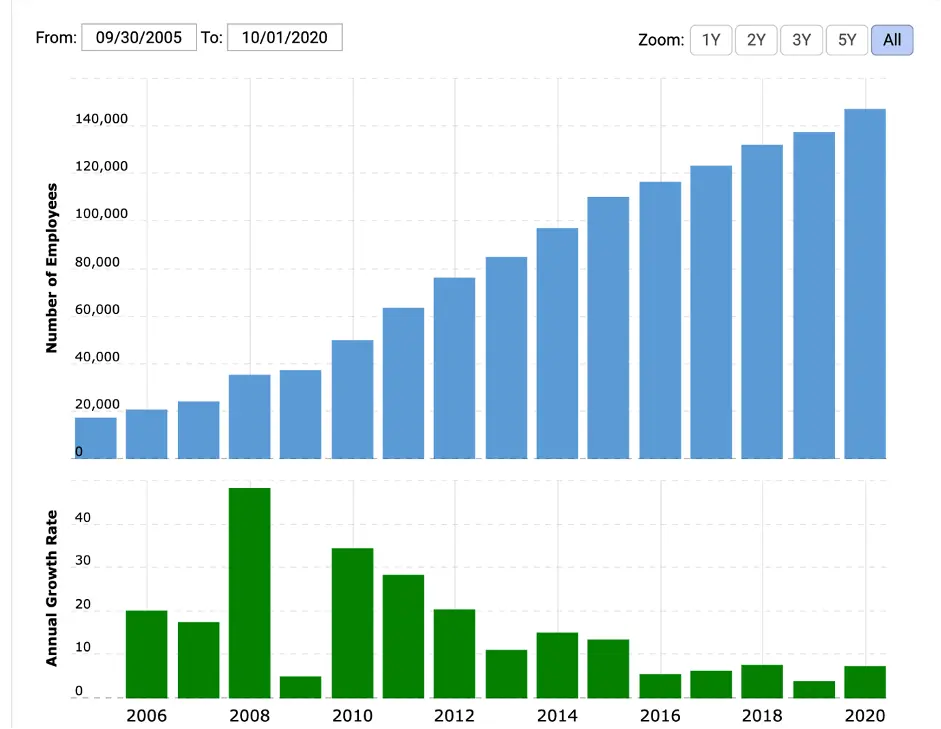
Source for image above Marcotrends.net
The chart above illustrates that Apple has been a constant engine of job growth over the past 15 years even during the financial crisis and resulting recession (08-10) and even during the Covid pandemic in 2020. The digital technology sector has been an engine of job growth as well as shareholder value creation (as pointed out in Part I of this series). Acquiring Ai startups and developing AI capabilities did not halt rapid job growth within this sector.
The previous article in this series pointed out that Apple dethroned Exxon Mobil as the most valuable company in the world in 2011.
There is a similar trend from the San Francisco region that has been at the forefront of much of the tech and AI revolution over the past decade.
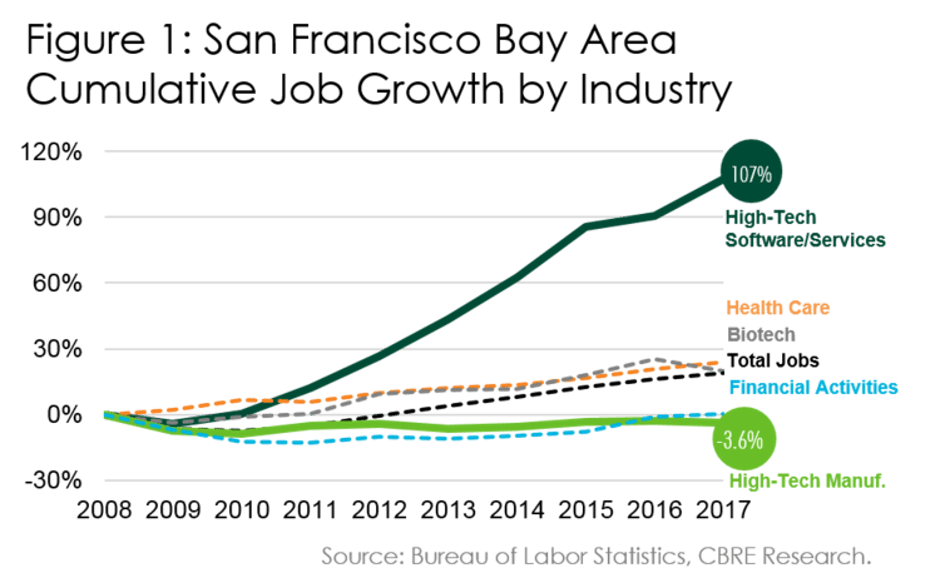
Source for image above: bizjournals
ExxonMobil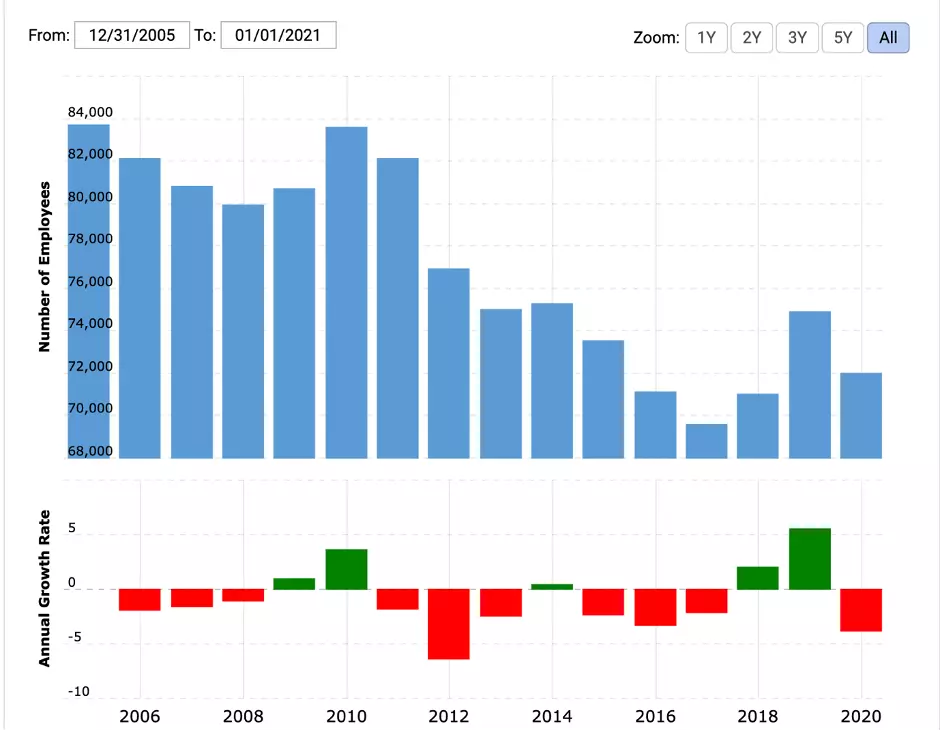
Source for image above Macrotrends.net
Whilst BP that once held a dominant position in the UK FTSE100 alongside the UK banks has also shrunk headcount.
BP
Source for the Image above Macrotrends.net
In summary it is submitted that the Narrow AI (ANI) that we have today is not the cause of job losses and in fact may act as an engine of growth. For the avoidance of doubt an AI centred firm will not grow headcount solely based upon Data Scientists and Machine Learning engineers but across the entire business spectrum from overall technology engineering (back end, front end, devops, project management, etc), design, sales & marketing teams, finance functions, legal, HR, etc.
The firms that are AI and indeed overall digital laggards are more likely to face job losses.
The destruction of certain jobs risks accelerating as we enter the second half of this decade and many legacy firms will simply cease to exist as new entrants replace them in the era of the Fourth Industrial Revolution.
Our political and business leaders need to ensure that there is sufficient investment into skills training for experienced workers and urgently revamp our educational systems whereby an arts graduate should have also had the opportunity to minor in Python and data analysis or digital design skills alongside their major and the science graduates are also given the opportunity to study business and ethics as well as design minors too.
The PWC report demonstrated the potential for AI to help create jobs whilst also driving emissions reductions by 2030.
The potential for AI to provide efficiencies in the manufacturing process was also highlighted by Rolnick et al. as shown below:
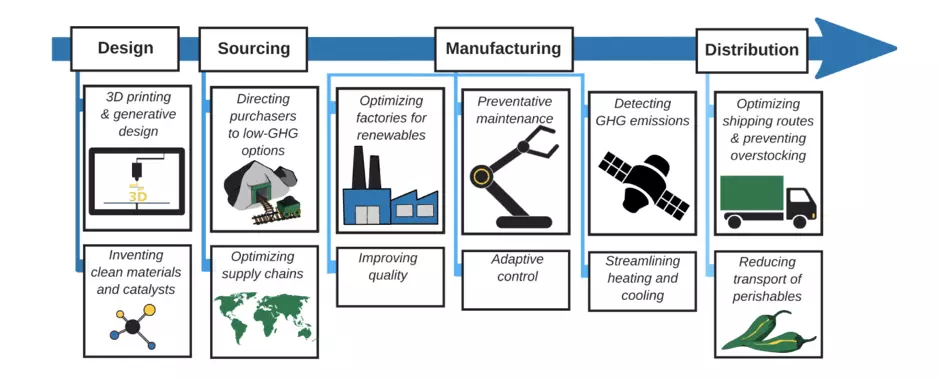
Source for image above Rolnick et al. (inc Yoshua Bengio, Demi Hassabis, Andew Y Ng)
Tackling Climate Change with Machine Learning (2019)
We don’t know when AGI will arrive. Personally, the author believes it is a case of when not if. However, the author further believes that the probability of AGI arriving this decade is extremely remote due to the sheer number of challenges but in terms of advancing AI further to enable it to truly generalise (multi-task like a human may) which in turn will require learning more about how our own brains function, and also on the hardware side moving beyond the von Neumann architecture that has been dominating computing machines for decades and still does so today. All we can do is prepare ourselves and equip ourselves to maximise the opportunities that are ahead of us and by being the best skilled workforce and society that we can be today will also prepare us to be best prepared for the future when AGI does eventually arrive.
More advanced skill sets will only better prepare our societies for the future. Moreover, it is submitted that the threats to human jobs and well-being that arise from the consequences of climate change with greater risks of war and other disputes over natural resources, famine, mass migration as people seek to flee areas that are worst affected by the impact of climate change.
Climate Change, rather than AI maybe the true destroyer of human jobs & society
It is ironic that the WEF were right to say millions of jobs would disappear in 2020 albeit it was not in fact due to advanced AI digital technology, but rather a global pandemic that may be a consequence of humans increasing encroaching into areas of wildlife. We had previous scares with Ebola (14-16), SARS-CoV (02-03) , MERS (South Korea 2015, Saudi Arabia 2018), bird flu (China 96, 17, US 14-15), swine flu (09-10). Fortunately, they did not become global pandemics in the same manner and with the same impact that the current pandemic with Covid-19 (SARS-CoV2, 19-?) has taken, and whilst experts hope that the current pandemic will become an endemic outbreak in 2022, we cannot rule out another pandemic occurring in the future. Whilst sensational reporting talks about AGI and Super Intelligence enslaving humans or confining our species to a minor role, humans with our current business as usual industrial era (including current agricultural practices) have been driving wildlife on this planet into extinction. For example a study found that “Humans just 0.01% of all life but have destroyed 83% of wild mammals.” A continuation of this trend against a growing global population is going to have severe adverse impacts upon human life. It may be a gradual trend and it may make for less exciting Hollywood movies than Terminator, etc, however, this is the actual trend that we currently face.
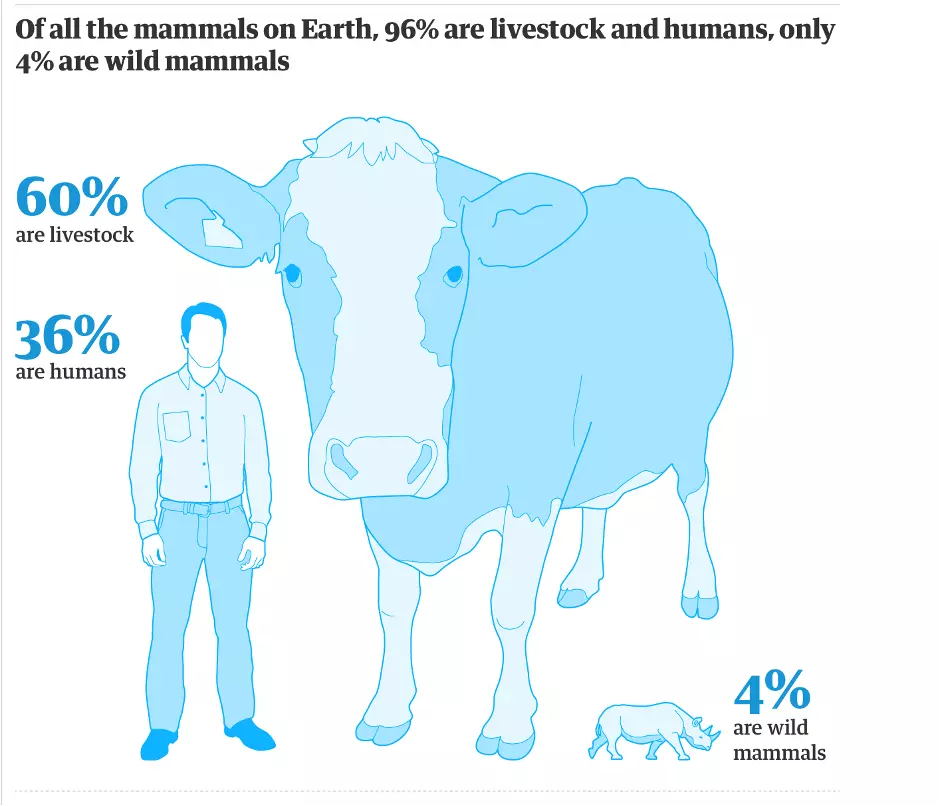
Source for image above: Guardian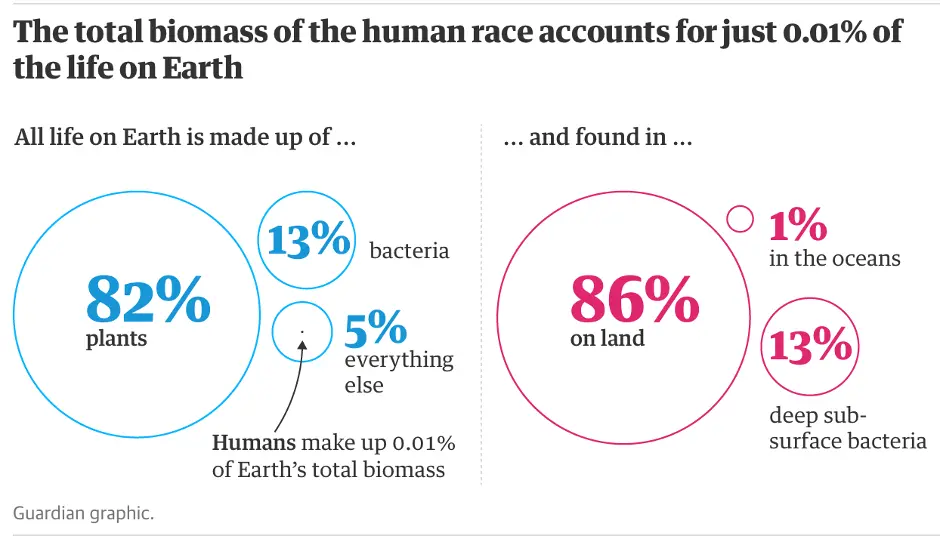
Source for image above: Guardian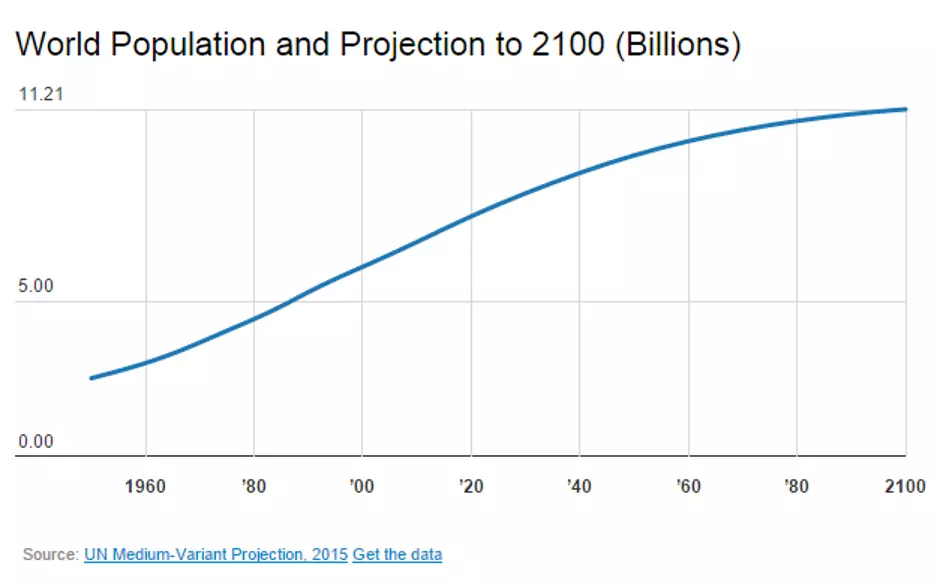
Source for image above WEF
Moreover, the world population is forecast to hit over 11 billion people by 2100 and the regions for most of this population growth are projected to occur in regions of Africa and Asia that will be hardest hit by climate change at the time.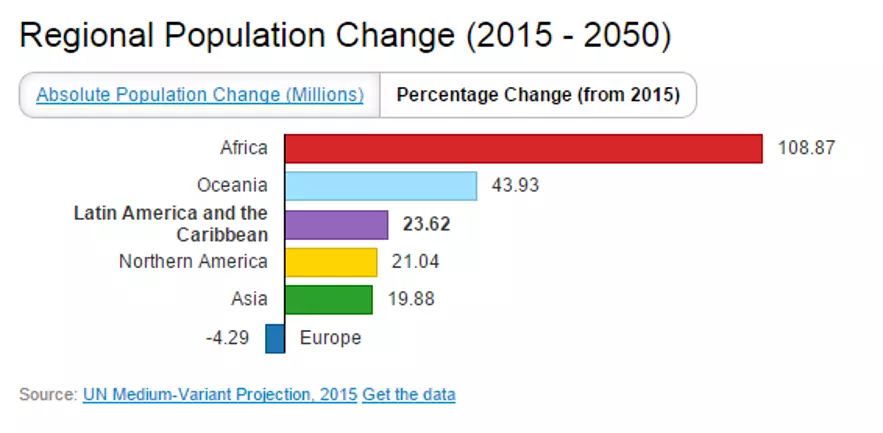
Source for image above WEF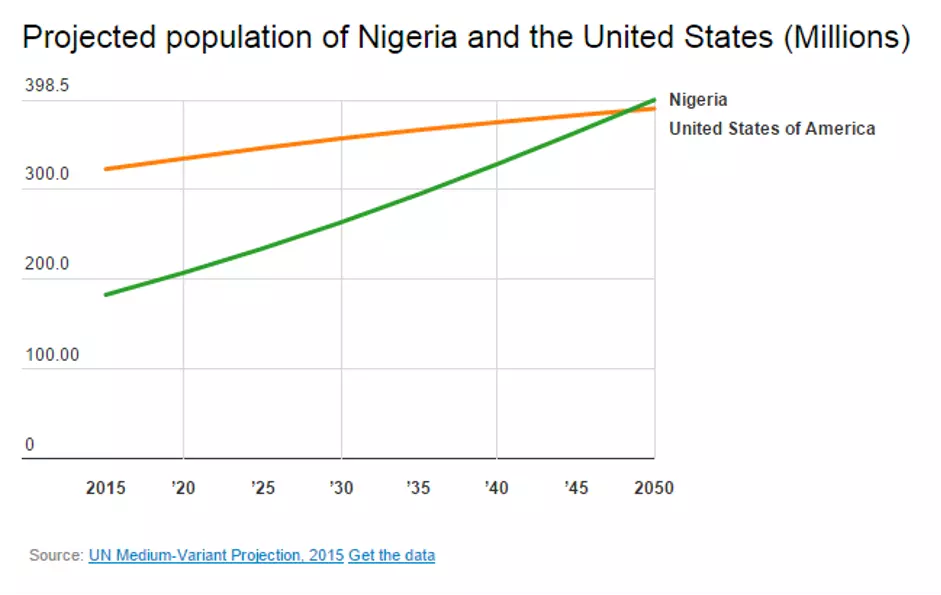
Source for image above WEF
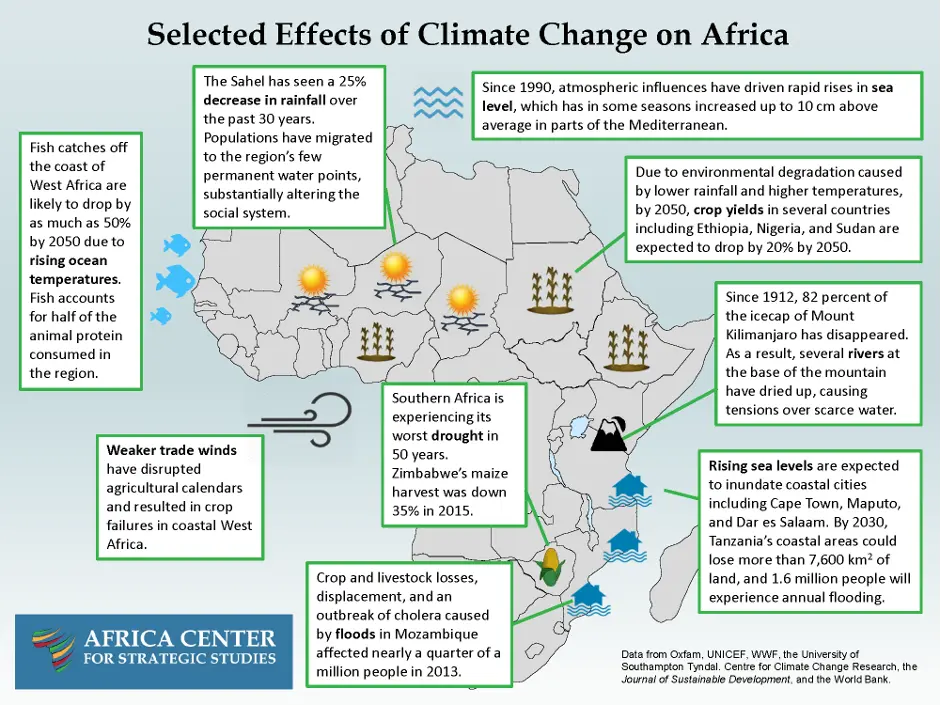
Source for image above: Africa Centre for Strategic Studies
Maybe the real risk with mass unemployment of humans is continuing with BAU with the world that we have today and less so an advanced technological economy.
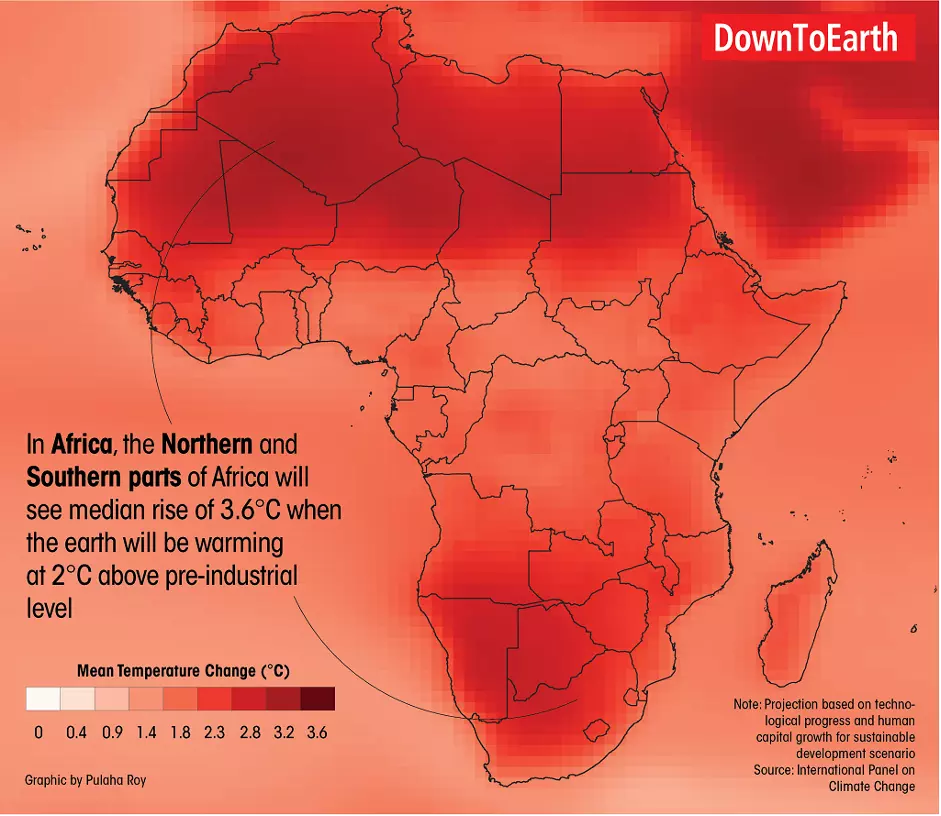
Source for image above: DownToEarth
The author has long sought to illustrate that for all the fear of AGI and Super-Intelligence, our biggest threat to humanity is our own kind, humans and continuing with the BAU way of doing things.
Jobs, economies, societies are set to be ravaged by the impacts of climate change and we are actually on a trajectory for that. Yet many politicians in Europe and elsewhere are paranoid about the impact of AI on jobs and society. Maybe it is time for our politicians to embrace advanced technology as what may be the last chance to avert the soon to unfold crisis that the consequences of climate change will bring. Investing in education, reskilling experienced workers and rebuilding new, cleaner infrastructure for transportation and energy systems with scaling of electric vehicle charging infrastructure, smart grids, more renewable energy, R&D investment into battery storage as well as improved battery performance, and Green Hydrogen projects will all create many jobs whilst steering our world away from the catastrophic impacts of climate change. AI technology will have a key role to play in all these areas and hence we can harness it for a sustainable, cleaner, modern economy with better paying skilled jobs. And many more of those jobs.
AI alongside standalone 5G network technology provides an opportunity to break away from BAU. In the more immediate future of the 2020s it also allows us to create jobs with a cleaner Fourth Industrial Revolution foundation.
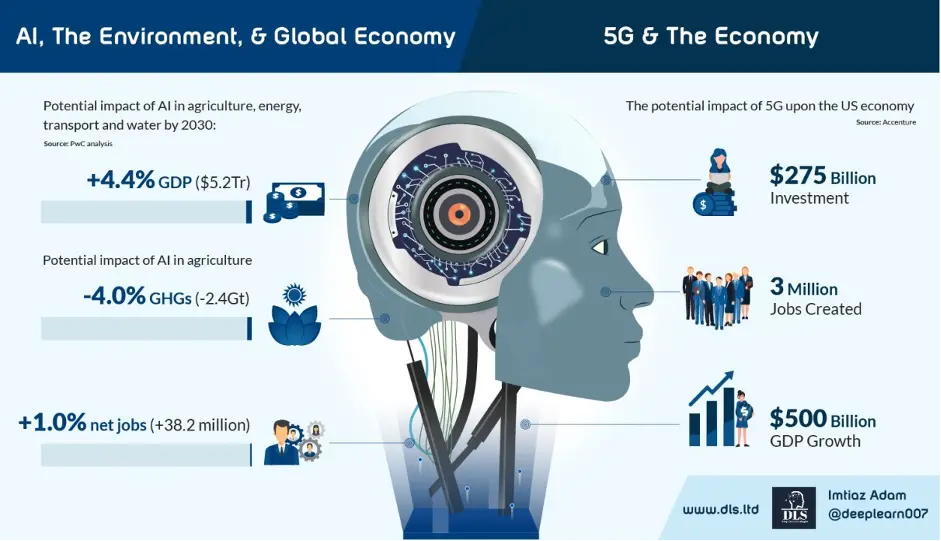
AI technology including Narrow AI may be used for nefarious purposes such as mass surveillance, a tool to enable poisonous cyber-attacks, simplistic automation and recommendation algorithms to promote fake information on social media. All of these actions are at the behest of humans and most, if not all, can be prevented by proactive human actions to limit or prevent such actions from occurring in the first place (for example legislators and regulators who actually understand modern digital technology) and clear and tangible ethics and governance standards in companies.
AI can be a tool to enable the new economy with cleaner economic growth and job creation and enable advances in healthcare whilst helping manage the costs of broken healthcare systems. It is our choice how we seek to adopt and apply AI. The author seeks to advocate that job creation rather than job destruction is a more likely outcome with adoption of AI, standalone 5G networks and other advanced digital technology. Investment into skills training and educational reform is urgently needed now!
Imtiaz Adam is a Hybrid Strategist and Data Scientist. He is focussed on the latest developments in artificial intelligence and machine learning techniques with a particular focus on deep learning. Imtiaz holds an MSc in Computer Science with research in AI (Distinction) University of London, MBA (Distinction), Sloan in Strategy Fellow London Business School, MSc Finance with Quantitative Econometric Modelling (Distinction) at Cass Business School. He is the Founder of Deep Learn Strategies Limited, and served as Director & Global Head of a business he founded at Morgan Stanley in Climate Finance & ESG Strategic Advisory. He has a strong expertise in enterprise sales & marketing, data science, and corporate & business strategist.
Leave your comments
Post comment as a guest